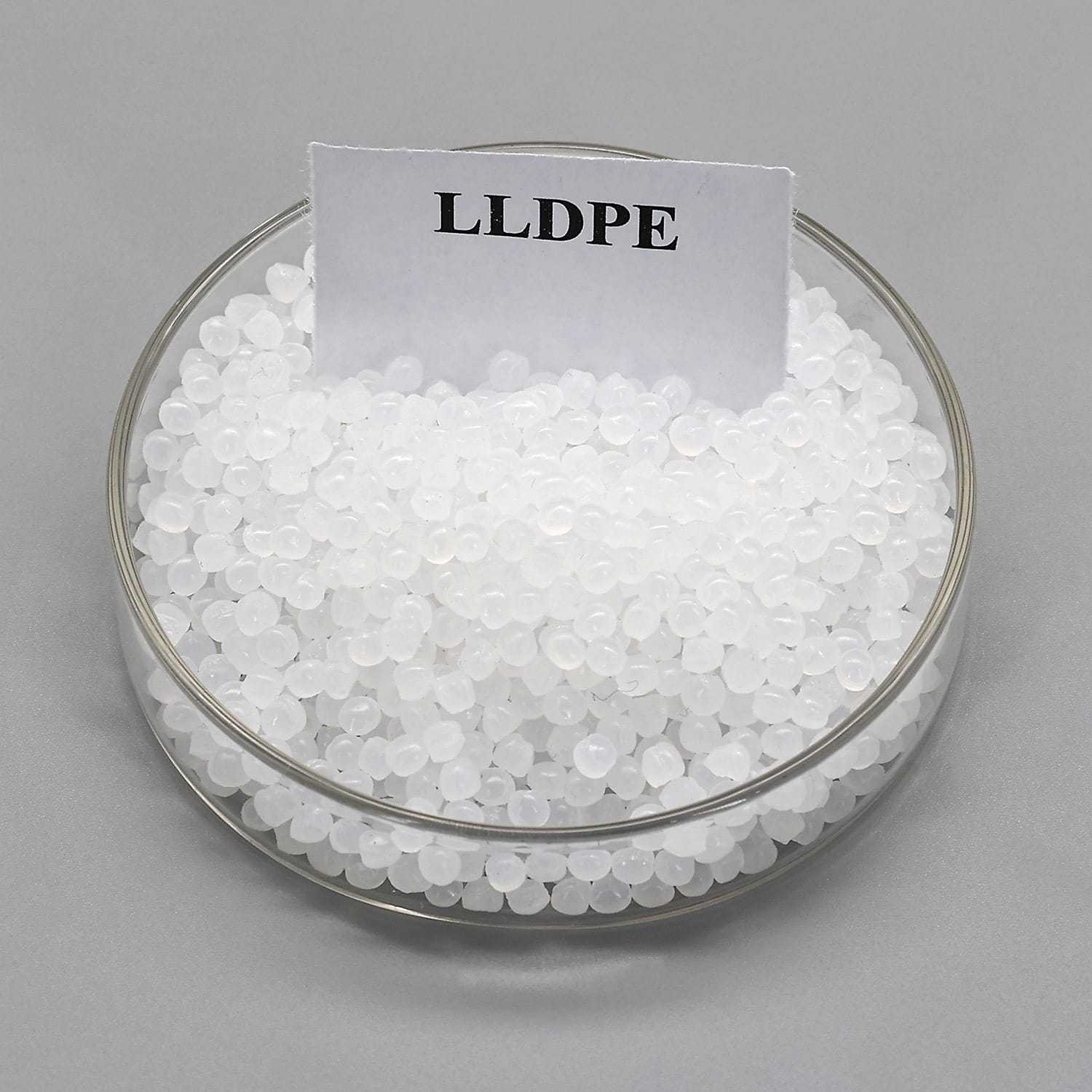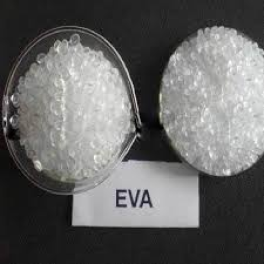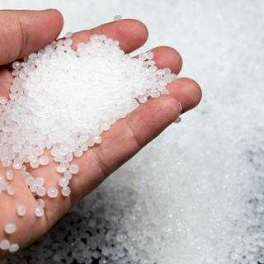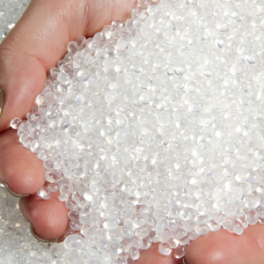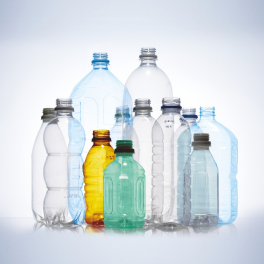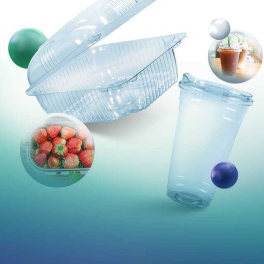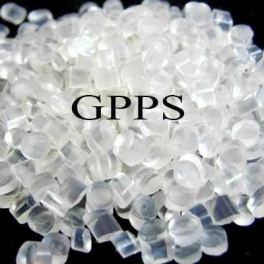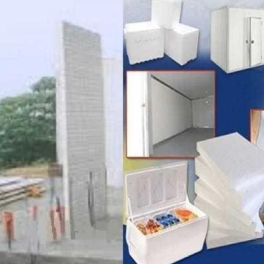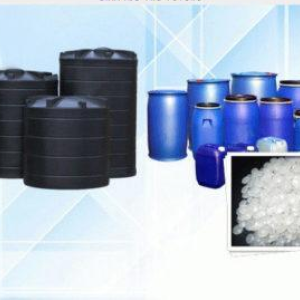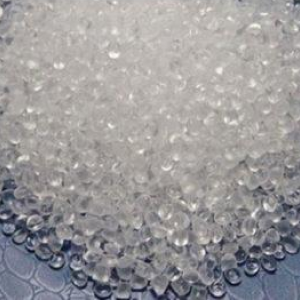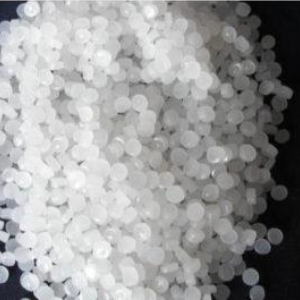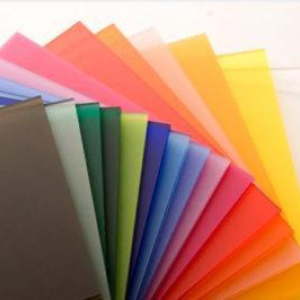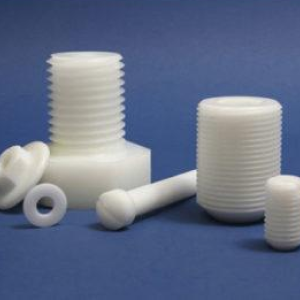Polymer Products
- Home
- Prime Products
Showing polymers results
PE-Polyethylene
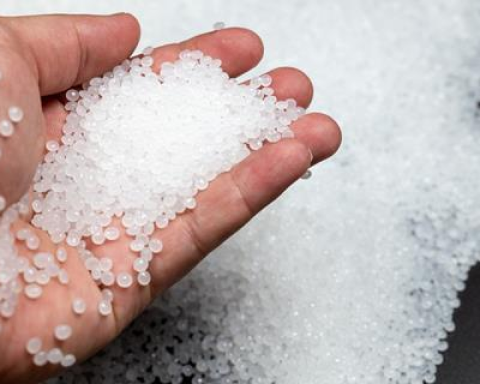
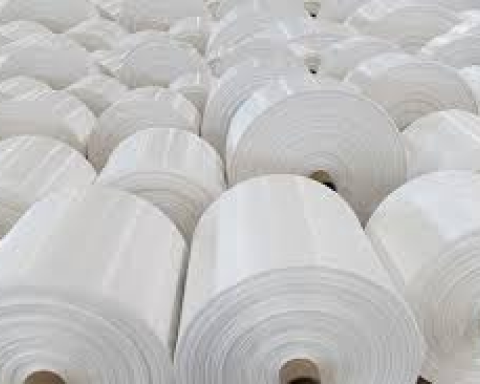

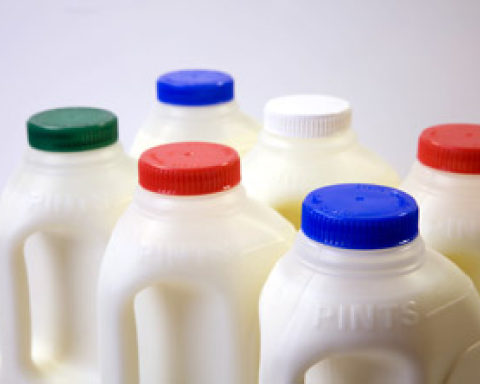
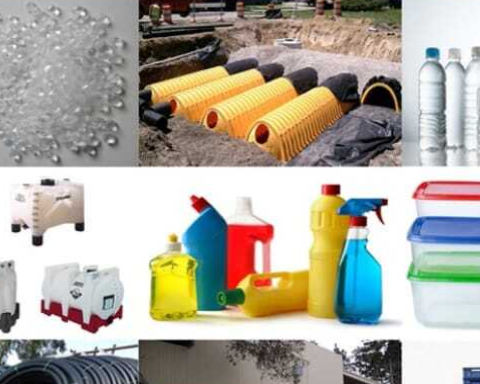
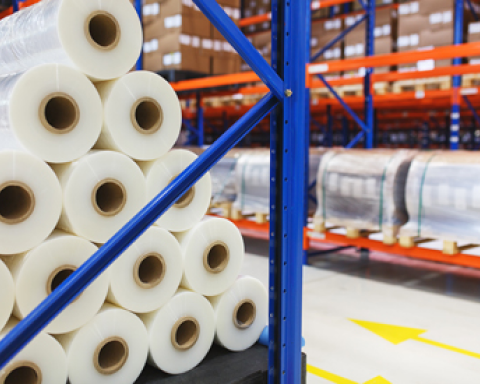
Polyethylene (PE) is a family of similar materials categorized according to their density and molecular structure. Obtained by the addition polymerization of ethylene. It may be of Low-density polyethylene (LDPE), linear low-density polyethylene (LLDPE) including metallocene-LLDPE using metallocene technology, and High-density polyethylene (HDPE) depending upon the process used in its manufacturing. Resistant to moisture and most of the chemicals, flexible at room temperature (and low temperature) and can be heat sealed. Since it is an inexpensive plastic it is made in large amounts to cater to the demand.
- LDPE: is flexible and used to manufacture squeeze bottles, milk jug caps, and retail store bags
- LLDPE / m-LLDPE: used in the manufacturing of stretch wrap in transporting and handling boxes of durable goods, and as the common household food covering.
- HDPE: as milk jugs, liquid laundry detergent bottles, outdoor furniture, margarine tubs, portable gasoline cans, drinking water distribution systems, water drainage pipes, and grocery bags.
A14 EVA
Ethylene Vinyl Acetate (EVA) is a copolymer resin that is used for its lightweight and excellent foamability performance. The material is used in the footwear, sports, and leisure applications. The material also is used as a sealant solution in packaging due to its flexibility and low temperature resistance....
A15 MLLDPE
Metallocene linear low density polyethylene (mLLDPE) is increasingly popular with PE resin converters as it enables the production of stronger films with improved properties and that use less material. mLLDPE is especially suited to flexible packaging
PET-Polyethylene terephthalate
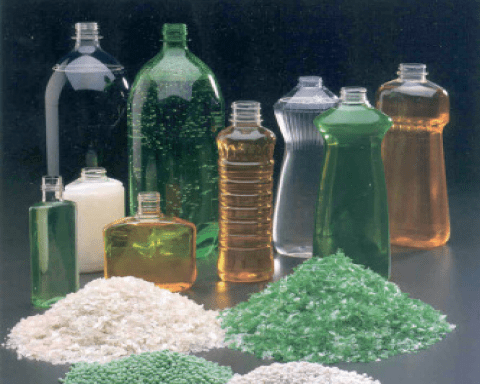
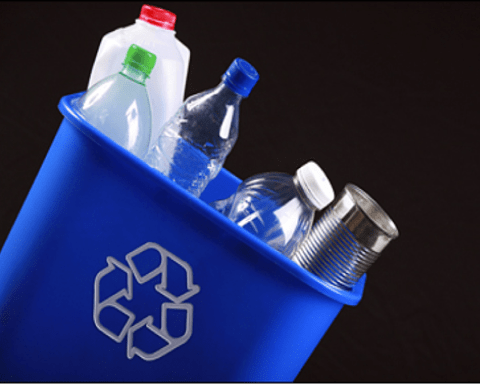
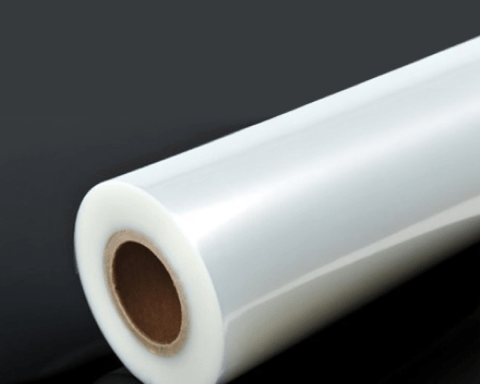
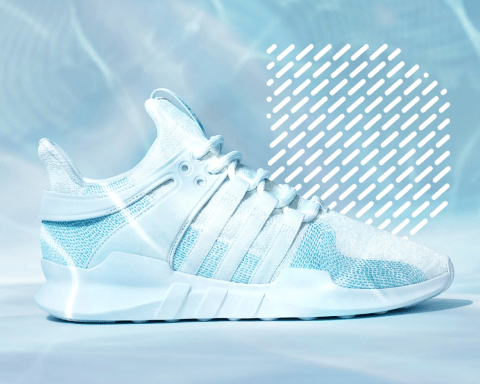
Polyethylene terephthalate, also called PET, is the name of a type of clear, strong, lightweight and 100% recyclable plastic. Unlike other types of plastic, PET plastic is not single-use -- it is 100% recyclable, versatile, and made to be remade.
PET / PETE is mainly used to manufacture the packaging material for food products such as fruit and drinks containers. It is lightweight, transparent and also available in some colour. It is a member of the ester family so also called as polyester.
A21 General PET
The polymer finds use in packaging, fabrics, and the textile industry. It is also used in films to mold parts for automotive, electronics, and many more. Additionally, continuous efforts are made to tailor PET properties. This improves performance with beneficial cost profiles to meet high-end application demands.
A22 Preform
As PET bottle preform is a kind of transparent, wear-resisting and corrosion-resisting plastics with high strength and smooth finish, it is widely used for PET bottles of mineral water, juice, edible oil, pharmaceuticals, cosmetics, etc..
PP-Polypropylene
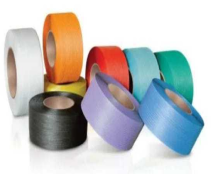
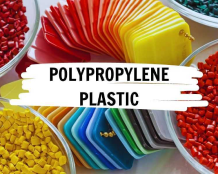

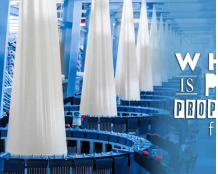
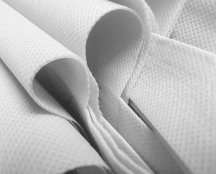
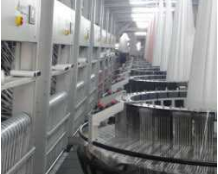
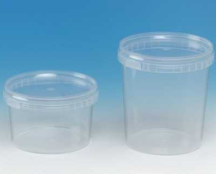
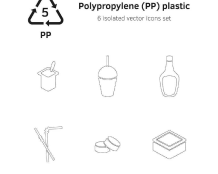
Polypropylene (PP) is a tough, rigid, and crystalline thermoplastic. It is made from propene (or propylene) monomer. This linear hydrocarbon resin is the lightest polymer among all commodity plastics. PP comes either as a homopolymer or as a copolymer and can be greatly boosted with additives.
Due to its low cost, outstanding mechanical properties and moldability, PP is widely used in translucent parts, housewares, furniture, appliances, luggage, toys, automotive parts To add as well
PS-Polystyrene
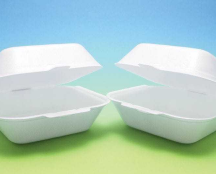
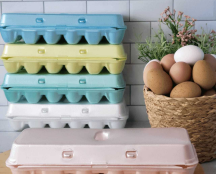
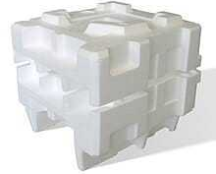

Polystyrene, a hard, stiff, brilliantly transparent synthetic resin produced by the polymerization of styrene. It is widely employed in the food-service industry as rigid trays and containers, disposable eating utensils, and foamed cups, plates, and bowls.
Polystyrene (solid and foam) is widely used to protect consumer products. CD and DVD cases, foam packaging peanuts for shipping, food packaging, meat/poultry trays and egg cartons typically are made with polystyrene to protect against damage or spoilage.
A43 EPS
Expanded polystyrene (EPS) is a lightweight and rigid foam material. It is a material of choice for the packaging and construction industry. It provides cost-effective solutions and energy-efficient insulation. It also acts as a cushion transport packaging material for shock-sensitive goods.
PVC-Polyvinyl chloride
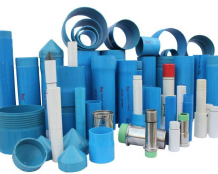
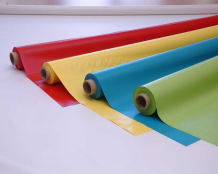


Polyvinyl Chloride is widely available in two broad categories: Flexible and Rigid. But there are more types like CPVC, PVC-O and PVC-M. Plasticized or Flexible PVC (Density: 1.1-1.35 g/cm3): Flexible PVC is formed by the addition of compatible plasticizers to PVC which lower the crystallinity.
PVC is a versatile material that offers many possible applications, these include; window frames, drainage pipe, water service pipe, medical devices, blood storage bags, cable and wire insulation, resilient flooring, roofing membranes, stationary, automotive interiors and seat coverings, fashion and footwear, packaging.
A52 CPVC
Chlorinated polyvinyl chloride (CPVC) is a thermoplastic produced by chlorination of polyvinyl chloride (PVC) resin. CPVC is significantly more flexible than PVC, and can also withstand higher temperatures. Uses include hot and cold water delivery pipes and industrial liquid handling.
ABS-Acrylonitrile Butadiene Styrene


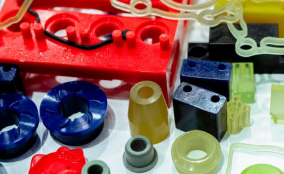
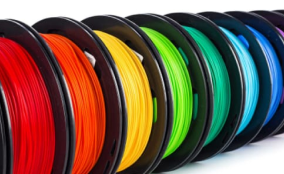
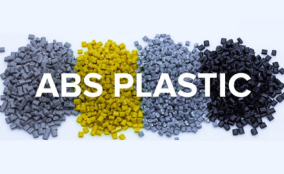

ABS plastic is non-toxic and safe to use in a variety of ways. The material doesn't break down over time or release harmful chemicals. ABS plastic is made to last and made to protect the parts that it covers without causing any health risks for the consumer. ABS plastic is also fully recyclable. Its glass transition temperature is approximately 105 °C.
Common uses for the ABS thermoplastic polymer include printers, vacuum cleaners, kitchen utensils, faxes, musical instruments (recorders and plastic clarinets,etc..) and plastic toys. BPA free make It good for a dish washer. ABS is most typically used to produce in automotive industry dashboards and wheel covers.
HPP-High Performance Polymers
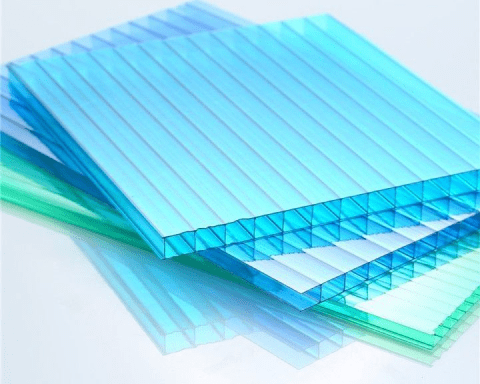
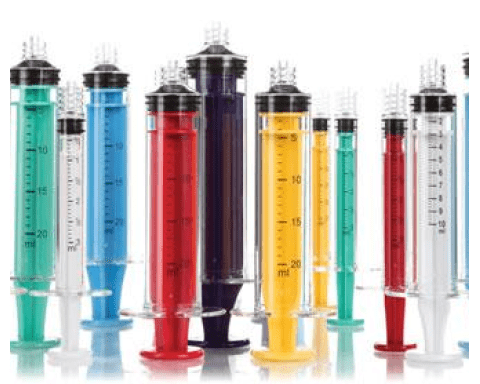
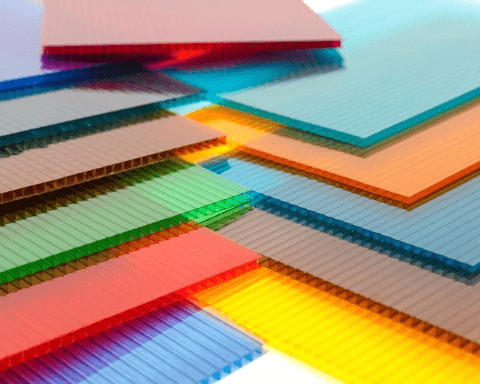

A63 PA6/66
PA 6 and PA 66 are the two most common for textile and plastic industries. They have served...




